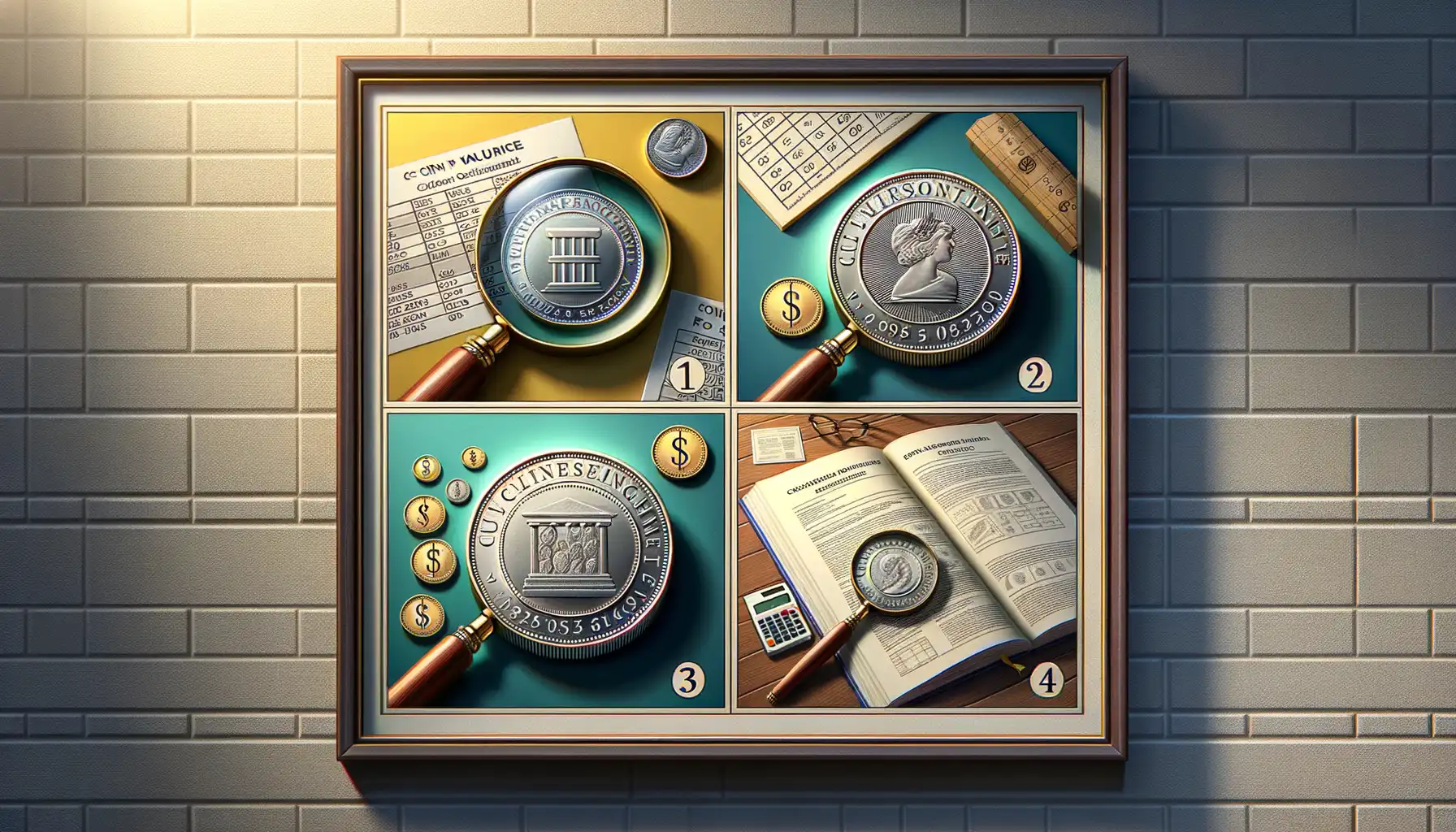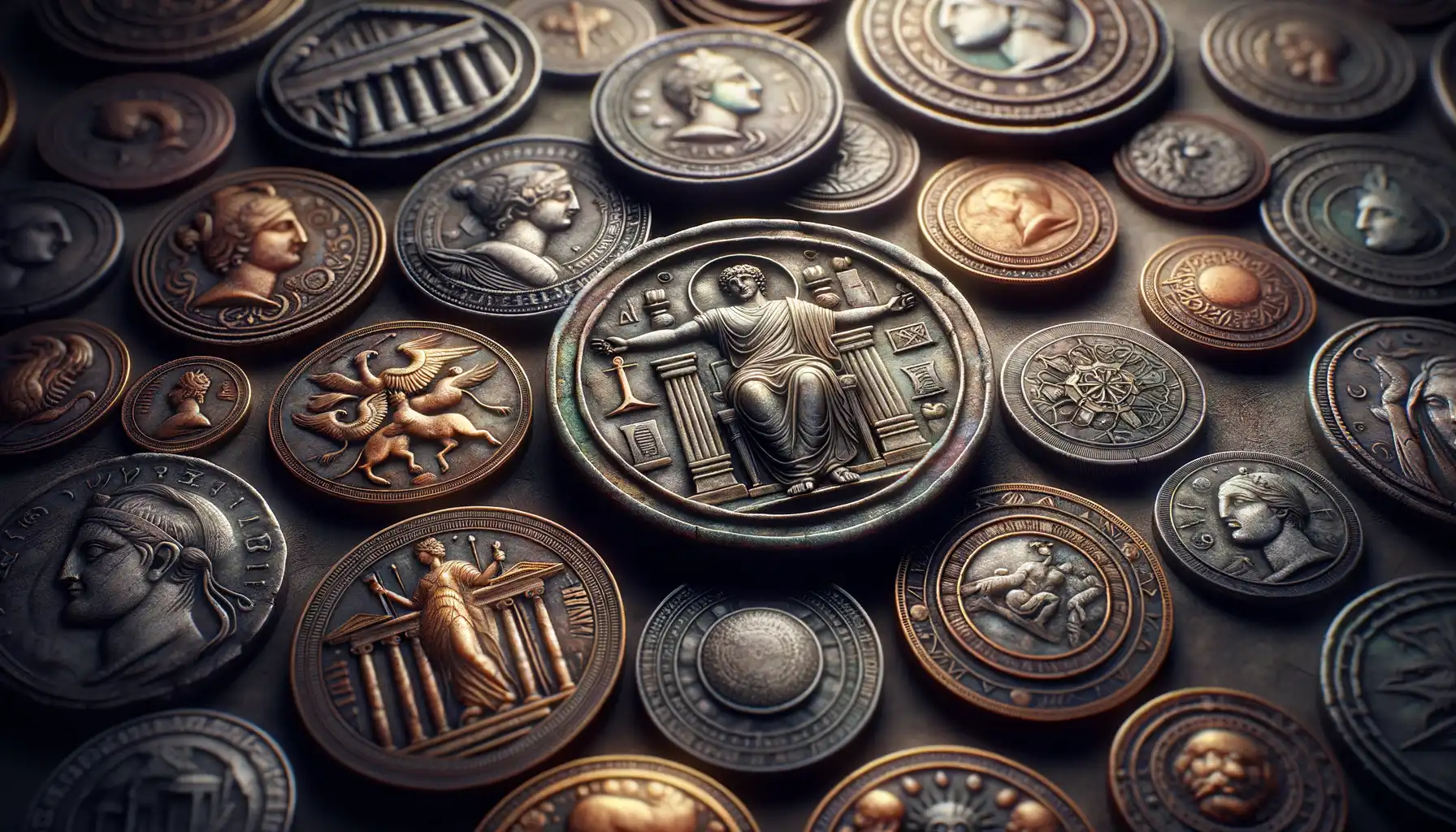Understanding Uncirculated Coin Sets
What Makes Uncirculated Coin Sets Special?
There’s something undeniably thrilling about holding an uncirculated coin set in your hands. It’s not just about the gleam of pristine metal—it’s a peek into history, untouched and preserved. Unlike coins jangling around in pockets or hidden in couch cushions, these beauties have never hit circulation. Imagine this: they are as flawless as the day they were struck, safeguarded from wear, tear, and the passage of time.
Uncirculated sets are often housed in protective packaging straight from the mint. Think crisp, crystal-clear cases that shield each coin like treasure in a vault. Every detail, from the razor-sharp edges to the intricate designs, remains intact. The best part? These sets are a snapshot of a specific year’s currency, almost like a time capsule in miniature form.
- Uncirculated coins are typically rated higher in value due to their untouched condition.
- Their detailed craftsmanship makes them irresistible to collectors and history buffs alike.
So, if you’ve ever held one, you’ll know why collectors treat them like precious gems—pristine, rare, and brimming with stories yet to be told.
Factors That Influence the Value of Coins

Rarity and Scarcity: The Driving Forces
What makes a coin truly special? It often boils down to how rare or scarce it is. Think of it as finding a needle in a haystack—or better yet, the last slice of cake at a party. Coins with low mintages or those that survived decades (or even centuries) without heavy circulation are like gold dust for collectors. Take, for instance, the 1909-S VDB Lincoln penny—it didn’t just strike the hearts of collectors because it’s old, but because so few were made.
Beyond mintage numbers, scarcity can also come from unique quirks. A misprint or an unusual mint mark can turn an ordinary coin into something utterly extraordinary. These details make all the difference.
Condition and Eye Appeal
Here’s where aesthetics meet value: a coin in pristine condition from an uncirculated set can be worth far more than its worn-down counterpart. Look for sharp details, dazzling luster, and no unsightly scratches. Collectors often gravitate toward coins that truly dazzle—and who could blame them?
When spotting these gems, consider:
- Does it still have its original “mint shine”?
- Are there any visible blemishes, smudges, or discolorations?
- Is the design crisp and well-defined?
Remember, a coin’s beauty isn’t just skin-deep—its ability to take your breath away affects its place in the market.
Step-by-Step Guide to Valuing Uncirculated Coins

Breaking Down the Steps to Coin Valuation
Valuing uncirculated coins isn’t some mystical art—it’s a process, one that starts with curiosity and ends with uncovering hidden treasure. Ready to roll up your sleeves? Let’s dive in.
- Inspect the Coin’s Condition – Even though uncirculated coins are mint-fresh, they can vary in quality. Use a magnifier or loupe to check for those tiny imperfections, like scratches or discoloration. Not all “uncirculated” coins sparkle equally!
- Determine Mint Mark and Year – These tiny letters and numbers hold secrets! The mint mark reveals where the coin was struck, and the year tells its age. Together, these clues can dramatically impact value.
- Research Market Demand – A rare 1969-S Lincoln Cent might cause bidding wars, while others collect dust. Is it a collector’s dream or just another dime?
Decoding Scarcity and Rarity
Understanding how rare—or not—your coin is can be thrilling. Scarcity factors in mintage numbers (how many were produced) and public availability. For instance, a coin from WWII-era America might be rare due to war-shortened production runs. Pair that with high demand, and boom—a valuable find! Check records or auction sites for recent sales to compare.
Every uncirculated coin has a story waiting to be read; it’s time for you to become its storyteller.
Tools and Resources for Coin Valuation

Unlock the Magic of Coin Valuation with the Right Tools
Ever felt like finding the value of a coin is like solving a beautiful, glinting puzzle? With the right tools in your toolkit, that puzzle becomes an adventure. Let’s start with the essentials: a loupe is your best friend—it brings out every intricate detail and hidden mint mark that could skyrocket a coin’s worth. You’ll also want a thorough price guide, such as the “Official Red Book”. It’s a treasure map for both novice and seasoned numismatists.
Today’s collectors have a fantastic edge thanks to technology. Imagine snapping a quick photo of your uncirculated coin and uploading it to apps like Coinoscope. Within seconds, you’re served potential matches and details. And don’t forget the online auction platforms—checking prices on eBay or Heritage Auctions can give you real-world insights into what collectors are willing to pay.
- Numismatic News: Stay updated on trends that affect the coin market.
- Certified Coin Grading Services: Companies like PCGS or NGC can authenticate and grade your coins for maximum value.
You’re not just gathering tools—you’re building bridges to uncover the fascinating history and worth behind each unique coin.
Common Mistakes to Avoid When Valuing Coins

Beware of the Pitfalls of Rushing the Process
Valuing coins is like solving a fascinating puzzle—it takes patience and attention to detail. One common mistake people make is rushing through it, eager for that magical number at the end. But remember, details matter! For instance, overlooking a tiny mint mark can mean the difference between a coin worth $20 and one worth $2,000. Why? Because that little letter can indicate a rarer minting location.
Another blunder? Assuming shiny equals valuable. It’s tempting to believe a brilliant surface guarantees worth, but some coins have been cleaned—unfortunately, this can slash their value in half (or worse!). Spotting unnatural scratches or overly bright finishes can help you avoid falling into this trap.
Skipping the Small Stuff That Adds Up
It’s easy to overlook factors that seem insignificant at first glance, but they’re often where the magic lies. Watch out for these common missteps:
- Ignoring wear patterns: Even uncirculated coins can show natural aging or storage damage. Examine edges and fields carefully.
- Relying solely on online photos: A coin’s true beauty—or flaws—can hide behind the camera lens. Aim for in-person evaluations whenever possible.
- Neglecting documentation: Forgetting to preserve original packaging or certificates can reduce a coin’s story—and its price tag.
Take your time, dig deep into details, and treat each coin like it’s whispering a unique story. After all, no two are quite the same.




